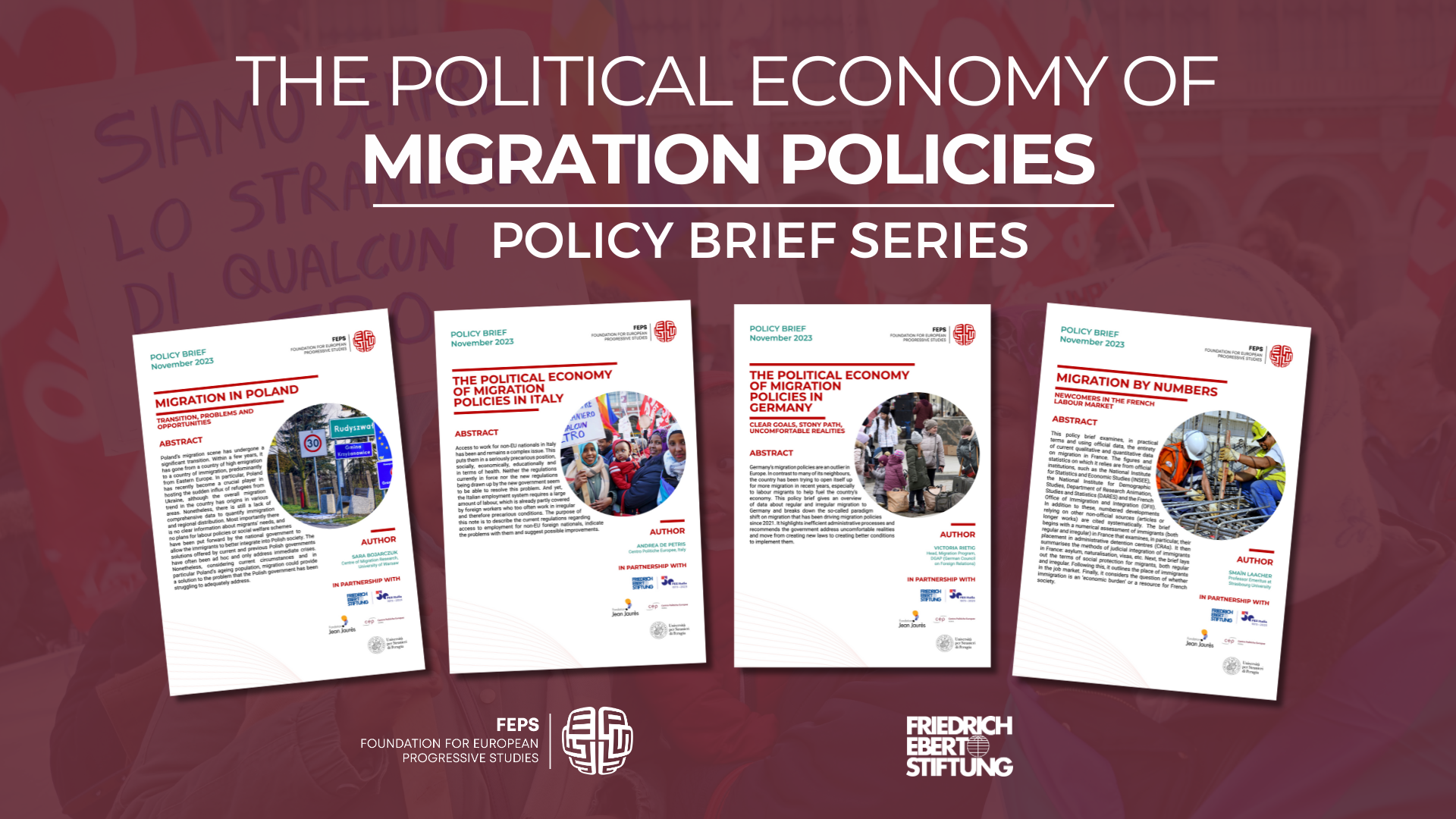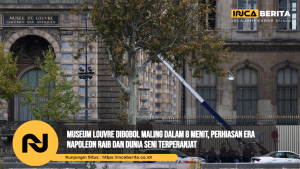News from Europe: Europe’s Latest Headlines

News from Europe: The European Union continues to navigate complex political terrain as it implements its new leadership structure following the most recent European Parliament elections. Ursula von der Leyen’s second term as European Commission President has begun with ambitious policy proposals focused on enhancing European competitiveness while maintaining the bloc’s commitment to climate initiatives.
Her “European Competitiveness Deal” aims to bolster the EU’s industrial strategy, with particular emphasis on technological sovereignty and reducing dependencies on external suppliers in critical sectors. This represents a notable shift from her first term, where climate policy dominated the agenda through the European Green Deal.
The European Parliament itself has seen shifts in its political composition, with center-right parties strengthening their position while far-right groups have increased their representation. This reconfiguration has created new dynamics in parliamentary negotiations, particularly around immigration policy and economic governance.
National Elections Reshaping European Politics
Several key national elections have reshaped Europe’s political landscape in recent months. France’s legislative elections resulted in a fragmented parliament, creating governance challenges for President Emmanuel Macron, who now faces the difficult task of building coalitions to pass legislation. This political fragmentation reflects broader trends across Europe, where traditional governing coalitions are increasingly difficult to form.
In Germany, regional elections in eastern states have seen significant gains for the Alternative for Germany (AfD) party, putting pressure on Chancellor Olaf Scholz’s coalition government. The rise of populist parties across multiple member states continues to challenge the consensus-based approach that has characterized European integration for decades.
Poland’s government, led by Donald Tusk, has continued efforts to restore judicial independence and repair relations with EU institutions after years of conflict under the previous Law and Justice (PiS) administration. This normalization process represents one of the more positive political developments for EU cohesion, though significant challenges remain in fully implementing judicial reforms.
Migration and Security Challenges

Migration policy remains one of Europe’s most contentious political issues. The new European Pact on Migration and Asylum is now moving toward implementation, though with significant reservations from multiple member states about its practical application. Border management has become increasingly stringent, with expanded funding for Frontex (the European Border and Coast Guard Agency) and new agreements with countries of origin and transit.
Security concerns have intensified amid the ongoing Russia-Ukraine conflict, with NATO-EU cooperation reaching unprecedented levels. Defense spending across European NATO members continues to rise, with more countries approaching the 2% of GDP benchmark. Poland, Finland, and the Baltic states have emerged as particularly vocal advocates for strengthened defense capabilities in response to perceived threats from Russia.
Economic Outlook: Between Resilience and Uncertainty
Post-Pandemic Economic Recovery
Europe’s economic recovery from the COVID-19 pandemic has proceeded unevenly across the continent. While overall EU economic growth has stabilized, significant disparities persist between member states. Southern European economies, particularly those heavily dependent on tourism, have shown stronger recovery patterns as travel has normalized, with Spain and Portugal recording above-average growth figures.
The European Central Bank’s monetary policy has remained cautious, with inflation concerns gradually subsiding. After a series of interest rate increases to combat inflation, the ECB has signaled a potential pivot toward more accommodative policies if economic indicators suggest slowing growth. This delicate balancing act reflects the complex economic environment facing European policymakers.
The Next Generation EU recovery fund continues to disburse significant resources, though absorption rates vary widely across member states. Countries with more efficient administrative structures have been more successful in implementing funded projects, creating concerns about widening economic divergence within the bloc.
Energy Transition and Industrial Strategy
Europe’s energy landscape has undergone dramatic transformation following the disruption of Russian gas supplies. The continent has successfully diversified its energy sources, with liquefied natural gas (LNG) imports from the United States, Qatar, and other suppliers replacing much of the lost Russian pipeline gas. Renewable energy capacity has expanded significantly, accelerated by both climate goals and energy security concerns.
Industrial policy has emerged as a central economic priority, particularly in response to the United States’ Inflation Reduction Act and China’s industrial subsidies. The European Commission has proposed relaxed state aid rules for green industries and strategic sectors, though tensions persist between member states with different fiscal capacities to support their industries.
The European Chips Act and Critical Raw Materials Act represent concrete steps toward securing supply chains in strategic sectors, reflecting a broader shift toward economic security considerations in EU policy. This “de-risking” approach, particularly regarding economic dependencies on China, marks a significant evolution in European economic thinking.
Trade Relations in a Changing Global Order
Europe’s trade relationships continue to evolve amid global geopolitical tensions. Negotiations for new trade agreements with Australia, Indonesia, and Mercosur have progressed, though with significant complications around agricultural provisions and sustainability commitments. The EU-China investment agreement remains formally suspended, reflecting deteriorating political relations and growing concerns about market access imbalances.
Trade relations with the United States have improved following the resolution of several long-standing disputes, including the Airbus-Boeing controversy and steel and aluminum tariffs. However, new tensions have emerged around the U.S. Inflation Reduction Act’s provisions favoring American manufacturers, particularly in electric vehicles and clean energy technology.
The implementation of the EU’s Carbon Border Adjustment Mechanism (CBAM) has begun its transitional phase, creating new dynamics in trade relations with carbon-intensive economies. This pioneering climate policy tool aims to prevent “carbon leakage” but has faced criticism from trading partners who view it as potentially protectionist.
Cultural Developments: Innovation Amid Transformation
Cultural Institutions Adapting to New Realities
Europe‘s cultural sector continues to evolve in response to changing audience behaviors and financial pressures. Major museums and cultural institutions have expanded their digital offerings while seeking to attract visitors back to physical spaces. The Louvre in Paris, the Prado in Madrid, and the British Museum in London have all reported visitor numbers approaching pre-pandemic levels, though with notably different composition—more European visitors and fewer from distant markets like China and Japan.
Public funding for culture remains under pressure in many European countries, prompting innovative funding models and partnerships. The European Capital of Culture program continues to highlight Europe’s cultural diversity, with this year’s designated cities reporting positive economic impacts from increased cultural tourism.
Digital Culture and Tech Innovation
Europe’s digital cultural landscape has seen significant developments, with streaming platforms producing more European content to meet EU quotas and audience demand. Several European productions have achieved global success, highlighting the continent’s creative strengths while raising questions about cultural authenticity in internationally targeted content.
The technology sector has seen continued growth in startup ecosystems across multiple European cities. Berlin, Paris, Stockholm, and Lisbon have emerged as particularly dynamic tech hubs, though concerns persist about Europe’s ability to scale startups into global competitors. The EU’s regulatory approach to technology, exemplified by the Digital Services Act and Digital Markets Act, has positioned Europe as the world’s leading regulator of digital platforms.
Social and Cultural Debates
Cultural debates across Europe reflect broader social transformations and tensions. Discussions around colonial legacies continue, with museums increasingly addressing restitution of cultural artifacts to former colonies. Several high-profile returns of artifacts to African countries have occurred, signaling a shift in how European cultural institutions engage with their colonial past.
Immigration and integration remain contentious topics in cultural discourse, with debates about multiculturalism, national identity, and social cohesion featuring prominently in public discussions. These conversations reflect the ongoing negotiation of European values in increasingly diverse societies.
Climate activism has influenced cultural production across the continent, with environmental themes prominent in literature, film, and visual arts. Controversial climate protests targeting famous artworks have sparked debates about activist tactics and the role of cultural heritage in contemporary social movements.
Future Outlook: Navigating Multiple Transitions
Geopolitical Positioning
Europe’s geopolitical positioning continues to evolve amid great power competition between the United States and China. The EU’s pursuit of “strategic autonomy” remains a guiding concept, though with varying interpretations across member states. The war in Ukraine has strengthened transatlantic ties, while simultaneously accelerating efforts to build independent European capabilities in defense and critical technologies.
Relations with neighboring regions have gained increased attention, with renewed focus on the Western Balkans’ EU accession process and deepened partnerships with African nations. The Mediterranean region remains a priority, with complex dynamics around migration, energy cooperation, and security challenges.
Technological and Green Transitions
The twin transitions—digital and green—remain central to Europe’s future development. The EU’s digital strategy aims to strengthen European capabilities in artificial intelligence, cloud computing, and semiconductor production, though the continent continues to lag behind American and Asian competitors in many areas.
Climate policy implementation faces growing political challenges as the economic and social costs of transition become more apparent. While the European Green Deal’s ambitions remain intact, practical implementation has encountered resistance, particularly around the phase-out of internal combustion engines and heating systems in buildings.
Demographic and Social Challenges
Europe’s demographic challenges loom large, with aging populations and low birth rates creating long-term pressures on pension systems, healthcare, and labor markets. Immigration is increasingly framed as part of the solution to labor shortages, though this remains politically contentious.
Social welfare systems across Europe are undergoing reassessment, with experiments in universal basic income, flexible work arrangements, and new approaches to healthcare delivery. The pandemic has accelerated discussions about work-life balance, mental health, and social resilience, potentially reshaping European social models.
Conclusion: Europe at a Crossroads
Europe stands at a critical juncture, facing simultaneous challenges that will shape its future for decades to come. From geopolitical repositioning to economic transformation, from cultural evolution to demographic adaptation, the continent’s responses will determine its place in a rapidly changing world order.
Despite significant challenges, Europe’s core strengths—high living standards, democratic institutions, cultural richness, and innovative capacity—provide foundations for addressing these complex issues. The continent’s ability to balance unity with diversity, tradition with innovation, and economic prosperity with social cohesion will determine whether it emerges stronger from this period of multiple transitions.
As global competition intensifies and the international order evolves, Europe’s success will depend on its ability to act cohesively while respecting the unique characteristics of its constituent parts—a challenge that has defined European integration since its inception and continues to shape its development today.





